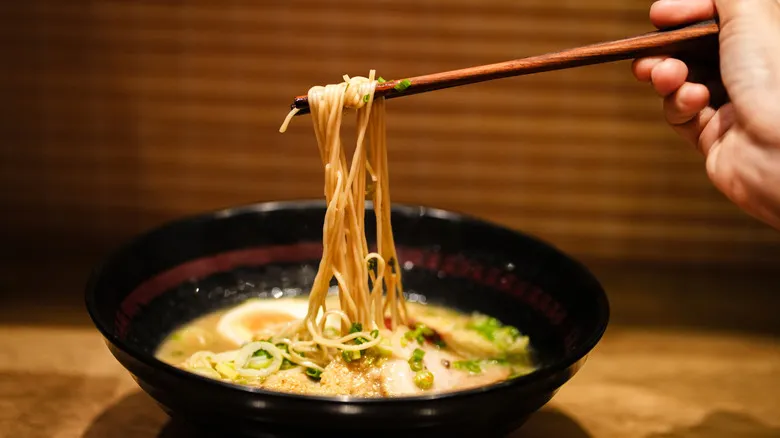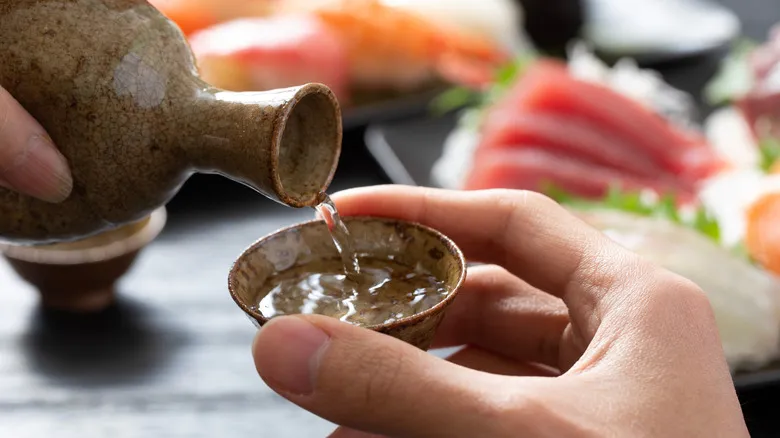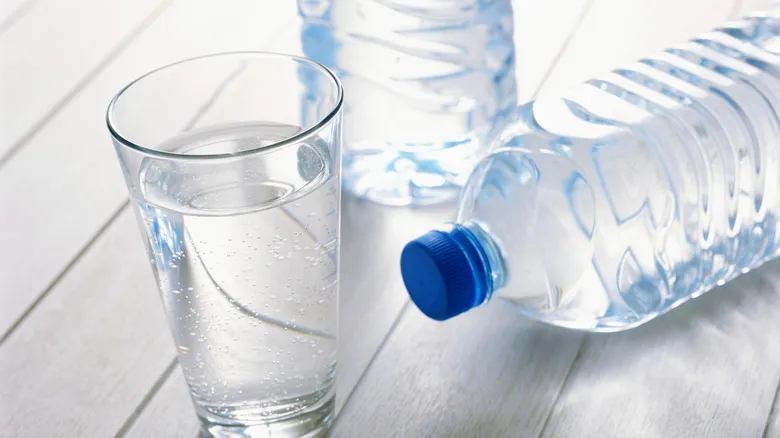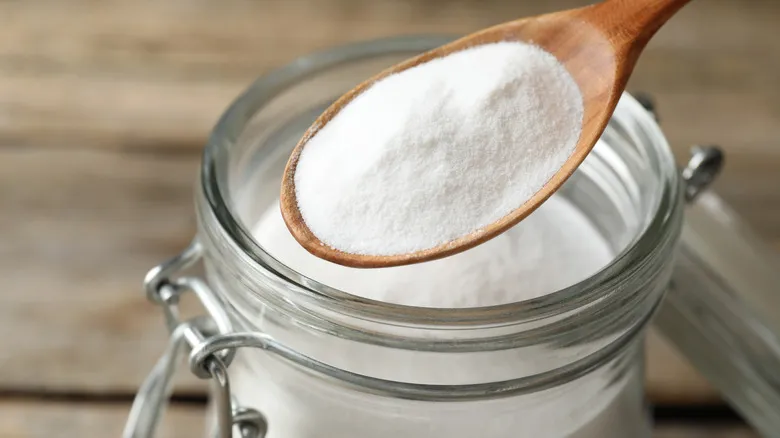The alkaline science behind baking soda

It's time to revisit those long-forgotten high school chemistry lessons — this process may seem magical, but it's rooted in science. When preparing traditional Chinese egg noodles or Japanese ramen, the typical ingredients are eggs, salt, flour, and food-grade lye water, which contains a blend of baking soda and potassium carbonate. The interaction between the alkaline salts in the lye water and the boiling water raises the pH level, triggering a chemical reaction that results in chewier, stretchier noodles. This alters the gluten structure of the dough, enhancing its elasticity.
Interestingly, using just baking soda can yield a similar, if not identical, effect. For an even better outcome, you can bake the baking soda on a sheet to convert it from sodium bicarbonate to sodium carbonate, which strengthens the alkaline properties and enhances the stretching effect on your noodles. However, be cautious not to handle the baked baking soda with your bare hands, as it can be harmful upon contact. Once it’s dissolved in your pasta water, a further chemical reaction will occur, making the pasta safe to eat. If you want to elevate your dish, you can mix the homemade alkaline water with flour and eggs to create your own ramen dough.
A final tip: Avoid filling your pot to the top. Adding baking soda will cause the mixture to bubble, and you can imagine how that might lead to a messy situation.
Recommended

Baking Soda Is The Secret To The Creamiest Hummus Ever

Why Sake And Sushi Pair So Well Together

What Exactly Is Non-Homogenized Milk?

Is Bottled Water Really Just Repackaged Tap Water?
Next up

